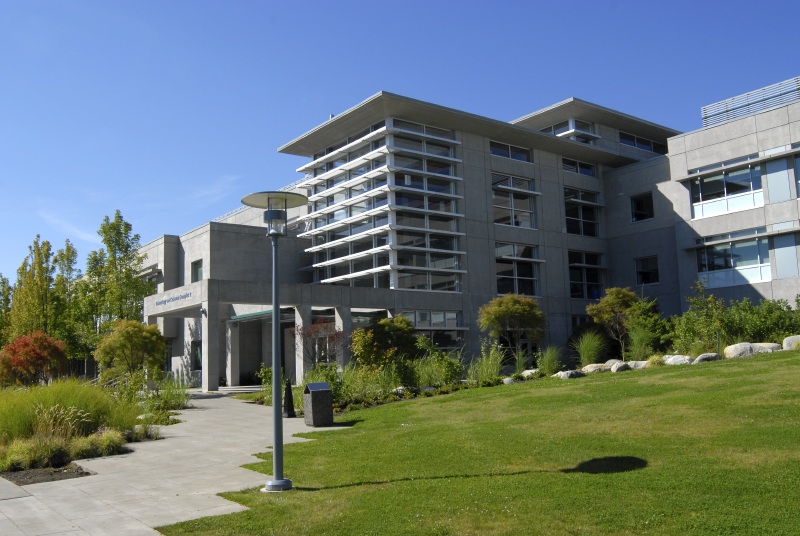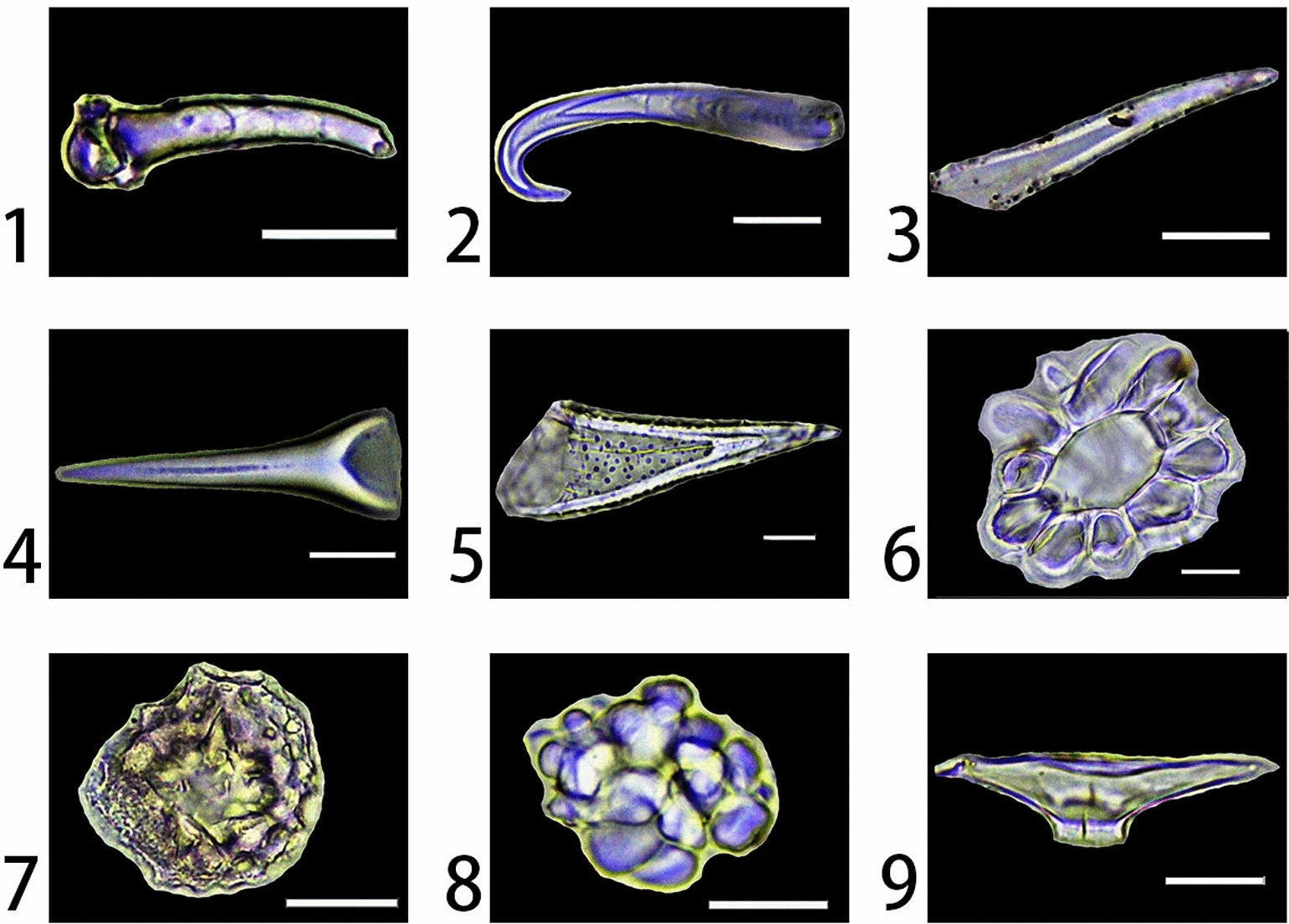|
Wonderwerk Cave
Wonderwerk Cave is an archaeological site, formed originally as an ancient solution cavity in dolomite rocks of the Kuruman Hills, situated between Danielskuil and Kuruman in the Northern Cape Province, South Africa. It is a National Heritage Site, managed as a satellite of the McGregor Museum in Kimberley. Geologically, hillside erosion exposed the northern end of the cavity, which extends horizontally for about into the base of a hill. Accumulated deposits inside the cave, up to in-depth, reflect natural sedimentation processes such as water and wind deposition as well as the activities of animals, birds, and human ancestors over some 2 million years. The site has been studied and excavated by archaeologists since the 1940s and research here generates important insights into human history in the subcontinent of Southern Africa. Evidence within Wonderwerk cave has been called the oldest controlled fire. Wonderwerk means "miracle" in the Afrikaans language. Archaeologica ... [...More Info...] [...Related Items...] OR: [Wikipedia] [Google] [Baidu] |
Asbestos Mountains
The Asbestos Mountains is a range of hills in the Northern Cape province of South Africa, stretching south-southwest from Kuruman, where the range is known as the ''Kuruman Hills'', to Prieska. It passes Boetsap, Danielskuil, Lime Acres, Douglas, Northern Cape, Douglas and Griekwastad. The range lies about west of Kimberley, Northern Cape, Kimberley and rises from the Ghaap Plateau. Overview The mountains were named after the asbestos which was mined in the 20th century and is found as a variety of amphibole called crocidolite. Veins occur in slate, slaty rocks, and are associated with jasper and quartzite rich in magnetite and brown iron-ore. Geologically it belongs to the Griquatown series. The Griquas, for whom Griquatown was named, were a Khoikhoi people who in 1800 were led by a freed slave, Adam Kok, from Piketberg in the western Cape to the foothills of the Asbestos Mountains where they settled at a place called Klaarwater. John Campbell (missionary), John Campbell, (176 ... [...More Info...] [...Related Items...] OR: [Wikipedia] [Google] [Baidu] |
Simon Fraser University
Simon Fraser University (SFU) is a Public university, public research university in British Columbia, Canada. It maintains three campuses in Greater Vancouver, respectively located in Burnaby (main campus), Surrey, British Columbia, Surrey, and Vancouver. The main Burnaby campus on Burnaby Mountain, located from downtown Vancouver, was established in 1965 and comprises more than 30,000 students and 160,000 alumni. The university was created in an effort to expand higher education across Canada. Simon Fraser University is a member of multiple national and international higher education associations, including the Association of Commonwealth Universities, International Association of Universities, and Universities Canada. SFU has also partnered with other universities and agencies to operate joint research facilities such as the TRIUMF, Canada's national laboratory for Particle physics, particle and nuclear physics, which houses the world's largest cyclotron, and Bamfield Marine ... [...More Info...] [...Related Items...] OR: [Wikipedia] [Google] [Baidu] |
Phytolith
Phytoliths (from Greek language, Greek, "plant stone") are rigid, microscopic mineral deposits found in some plant tissues, often persisting after the decay of the plant. Although some use "phytolith" to refer to all mineral secretions by plants, it more commonly refers to Silicon dioxide, siliceous plant remains. Phytoliths come in varying shapes and sizes. The plants which exhibit them take up dissolved silica from the groundwater, whereupon it is deposited within different intracellular and extracellular structures of the plant.Piperno, Dolores R. (2006). Phytoliths: A Comprehensive Guide for Archaeologists and Paleoecologists. AltaMira Press . The silica is absorbed in the form of orthosilicic acid, monosilicic acid (Si(OH)4), and is carried by the plant's Circulatory system, vascular system to the cell walls, cell lumen, and intercellular spaces. Depending on the plant Taxon, taxa and soil condition, absorbed silica can range from 0.1% to 10% of the plant's total dry weight ... [...More Info...] [...Related Items...] OR: [Wikipedia] [Google] [Baidu] |
Eduard Meine Van Zinderen-Bakker
Eduard Meine van Zinderen Bakker (15 April 1907 Opsterland, Friesland – 19 March 2002 Somerset West) was a Dutch-born South African palynologist who made significant contributions to the fields of plant ecology, palynology and palaeo-ecology of Africa. After obtaining a PhD in botany from the University of Amsterdam he taught biology in Apeldoorn. In 1947 he emigrated to South Africa with his wife and 2 sons. He served as the Netherlands' Honorary Consul for 20 years, an office for which he received the Order of Oranje-Nassau. Initially appointed as lecturer in botany at the University of the Orange Free State in 1947, he stayed until 1972 and ended as Professor of the Department. The University established the Institute of Environmental Sciences and on his retirement appointed him as Director, a position he held until 1976, working with a staff of local and foreign scientists. From 1977 to 1988 he acted as Research Officer at the Institute until his retirement at age 81. Dur ... [...More Info...] [...Related Items...] OR: [Wikipedia] [Google] [Baidu] |
Stone Age
The Stone Age was a broad prehistory, prehistoric period during which Rock (geology), stone was widely used to make stone tools with an edge, a point, or a percussion surface. The period lasted for roughly 3.4 million years and ended between 4000 Anno Domini, BC and 2000 BC, with the advent of metalworking. It therefore represents nearly 99.3% of human history. Though some simple metalworking of malleable metals, particularly the use of Goldsmith, gold and Coppersmith, copper for purposes of ornamentation, was known in the Stone Age, it is the melting and smelting of copper that marks the end of the Stone Age. In Western Asia, this occurred by about 3000 BC, when bronze became widespread. The term Bronze Age is used to describe the period that followed the Stone Age, as well as to describe cultures that had developed techniques and technologies for working copper alloys (bronze: originally copper and arsenic, later copper and tin) into tools, supplanting ston ... [...More Info...] [...Related Items...] OR: [Wikipedia] [Google] [Baidu] |
Oldowan
The Oldowan (or Mode I) was a widespread stone tool archaeological industry during the early Lower Paleolithic spanning the late Pliocene and the first half of the Early Pleistocene. These early tools were simple, usually made by chipping one, or a few, flakes off a stone using another stone. Oldowan tools were used during over a period spanning from 2.9 million years ago up until at least 1.7 million years ago (Ma), by ancient hominins (early humans) across much of Africa. This technological industry was followed by the more sophisticated Acheulean industry (two sites associated with ''Homo erectus'' at Gona in the Afar Region of Ethiopia dating from 1.5 and 1.26 million years ago have both Oldowan and Acheulean tools). The term ''Oldowan'' is taken from the site of Olduvai Gorge in Tanzania, where the first Oldowan stone tools were discovered by the archaeologist Louis Leakey in the 1930s. However, some contemporary archaeologists and palaeoanthropologists prefer to use th ... [...More Info...] [...Related Items...] OR: [Wikipedia] [Google] [Baidu] |
Quaternary Science Reviews
''Quaternary Science Reviews'' is a peer-reviewed scientific journal covering quaternary science. It was established in 1982 by Pergamon Press and is currently published by Elsevier. The editor-in-chief is C.V. Murray Wallace (University of Wollongong). According to the ''Journal Citation Reports'', the journal has a 2013 impact factor The impact factor (IF) or journal impact factor (JIF) of an academic journal is a type of journal ranking. Journals with higher impact factor values are considered more prestigious or important within their field. The Impact Factor of a journa ... of 4.571. References External links * Elsevier academic journals Biweekly journals English-language journals Academic journals established in 1982 Quaternary science journals Archaeology journals {{archaeology-journal-stub ... [...More Info...] [...Related Items...] OR: [Wikipedia] [Google] [Baidu] |
Surface Exposure Dating
Surface exposure dating is a collection of geochronological techniques for estimating the length of time that a rock has been exposed at or near Earth's surface. Surface exposure dating is used to date glacial advances and retreats, erosion history, lava flows, meteorite impacts, rock slides, fault scarps, cave development, and other geological events. It is most useful for rocks which have been exposed for between 103 and 106 years. Cosmogenic radionuclide dating The most common of these dating techniques is ''cosmogenic radionuclide dating''. Earth is constantly bombarded with primary cosmic rays, high energy charged particles – mostly protons and alpha particles. These particles interact with atoms in atmospheric gases, producing a cascade of secondary particles that may in turn interact and reduce their energies in many reactions as they pass through the atmosphere. This cascade includes a small fraction of hadrons, including neutrons. When one of these particles strikes a ... [...More Info...] [...Related Items...] OR: [Wikipedia] [Google] [Baidu] |
Magnetostratigraphy
Magnetostratigraphy is a geophysical correlation technique used to date sedimentary and volcanic sequences. The method works by collecting oriented samples at measured intervals throughout the section. The samples are analyzed to determine their ''characteristic remanent magnetization'' (ChRM), that is, the polarity of Earth's magnetic field at the time a stratum was deposited. This is possible because volcanic flows acquire a thermoremanent magnetization and sediments acquire a depositional remanent magnetization, both of which reflect the direction of the Earth's field at the time of formation. This technique is typically used to date sequences that generally lack fossils or interbedded igneous rock. It is particularly useful in high-resolution correlation of deep marine stratigraphy where it allowed the validation of the Vine–Matthews–Morley hypothesis related to the theory of plate tectonics. Technique When measurable magnetic properties of rocks vary stratigraphically ... [...More Info...] [...Related Items...] OR: [Wikipedia] [Google] [Baidu] |
Hebrew University Of Jerusalem
The Hebrew University of Jerusalem (HUJI; ) is an Israeli public university, public research university based in Jerusalem. Co-founded by Albert Einstein and Chaim Weizmann in July 1918, the public university officially opened on 1 April 1925. It is the second-oldest Israeli university, having been founded 30 years before the Israeli Declaration of Independence, establishment of the State of Israel but six years after the older Technion university. The HUJI has three campuses in Jerusalem: one in Rehovot, one in Rishon LeZion and one in Eilat. Until 2023, the world's largest library for Jewish studies—the National Library of Israel—was located on its Edmond Safra, Edmond J. Safra campus in the Givat Ram neighbourhood of Jerusalem. The university has five affiliated teaching hospitals (including the Hadassah Medical Center), seven faculties, more than 100 research centers, and 315 academic departments. , one-third of all the doctoral candidates in Israel were studying at the ... [...More Info...] [...Related Items...] OR: [Wikipedia] [Google] [Baidu] |
Optically Stimulated Luminescence
In physics, optically stimulated luminescence (OSL) is a method for measuring doses from ionizing radiation. It is used in at least two applications: * Luminescence dating of ancient materials: mainly geological sediments and sometimes fired pottery, bricks etc., although in the latter case thermoluminescence dating is used more often * Radiation dosimetry, which is the measurement of accumulated radiation dose in the tissues of health care, nuclear, research and other workers, as well as in building materials in regions of nuclear disaster The method makes use of electrons trapped between the valence and conduction bands in the crystalline structure of certain minerals (most commonly quartz and feldspar). The trapping sites are imperfections of the lattice — impurities or defects. The ionizing radiation produces electron-hole pairs: Electrons are in the conduction band and holes in the valence band. The electrons that have been excited to the conduction band may become en ... [...More Info...] [...Related Items...] OR: [Wikipedia] [Google] [Baidu] |




